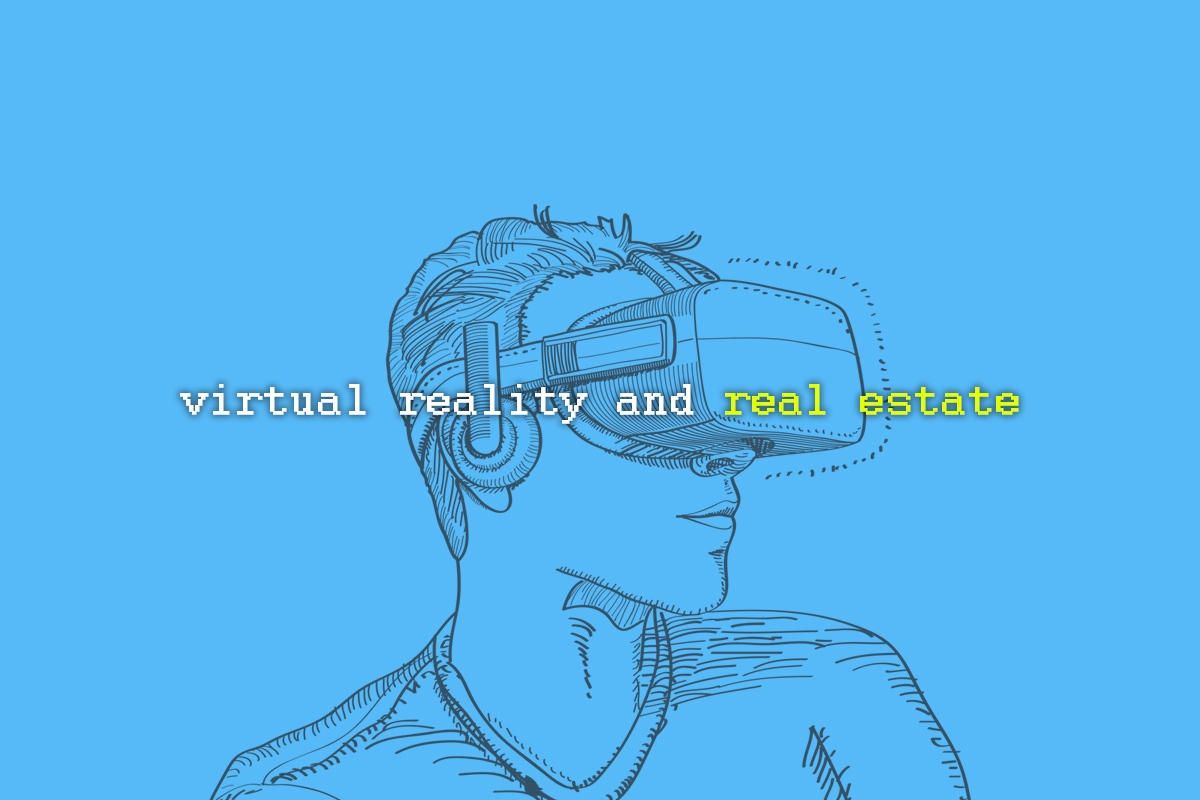Tech Thursdays: Real Estate and Virtual Reality

Virtual and augmented reality are getting big, especially in the last year, and we can only expect both technologies to grow. But what is the relationship between Real Estate and Virtual Reality?
In short, Augmented Reality (AR) is where digital images are overlaid on the real world: Imagine wearing glasses and having a few digital objects in the room with you! It is also applied to digitalizing the real world, with NFC tags embedded in business cards providing scannable links to websites. In Virtual Reality (VR) you get immersed into a virtual environment from anywhere in the world, more like a video game. Both have their practical usage and added benefit, but are ideally suited for specific roles. Here’s the difference and a short guide on how these are applied in Real Estate.
Real Estate and Virtual Reality
Virtual Reality has been around longer, so is a bit more widespread. The concept has been around since the 1930s and there are many pop-culture references to the tech in TV shows and movies. VR coupled with 360° cameras allows a remote user to explore and get the feel of a house from the comfort of anywhere in the world. You can watch these videos on platforms like YouTube, or immerse yourself by wearing VR glasses, that allow you to just tilt your head to control the direction of video you want to see. This broadens the market for any potential listing and allows more people to see a property without having to be physically near it. It’s helping overseas sales as well as decreasing the needs for open-houses.
Real Estate and Augmented Reality
Augmented reality is relatively new and therefore a bit more underdeveloped, but has huge potential.
Shallowly, it has been around for some time, allowing physical objects to link to digital ones. A piece of paper with a QR code or markers to provide a digital image that a phone app can then overlay, and interact with.
One possibility is allowing a visiting buyer to import their furniture and decorations while exploring their new potential home. Imagine it like The Sims in real life. This allows potential buyers to begin decorating and personalizing a space before they even own it.
Both Augmented Reality and Virtual Reality help enable collaboration on a physical space over the Internet.
It’s important to remember that both are good tools and both will be expanded in the future as the technology gets easier to use. VR requires a dedicated VR devices or an Android device and specific holder.